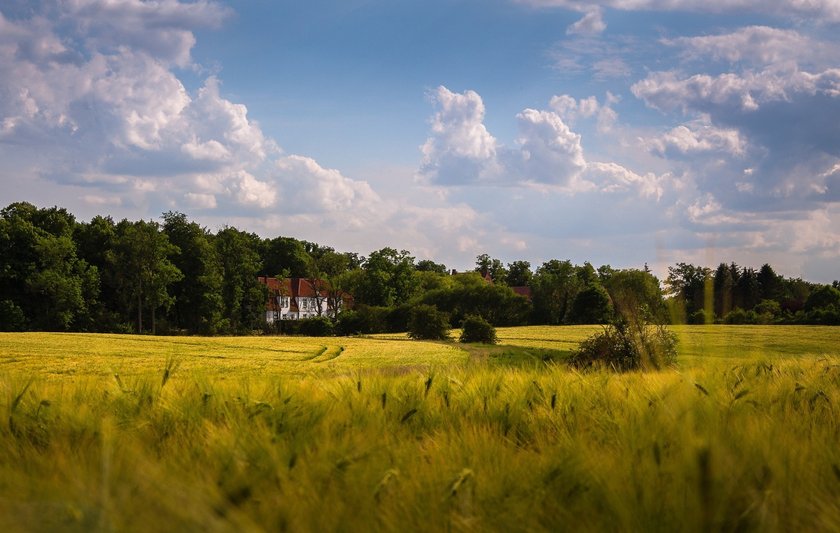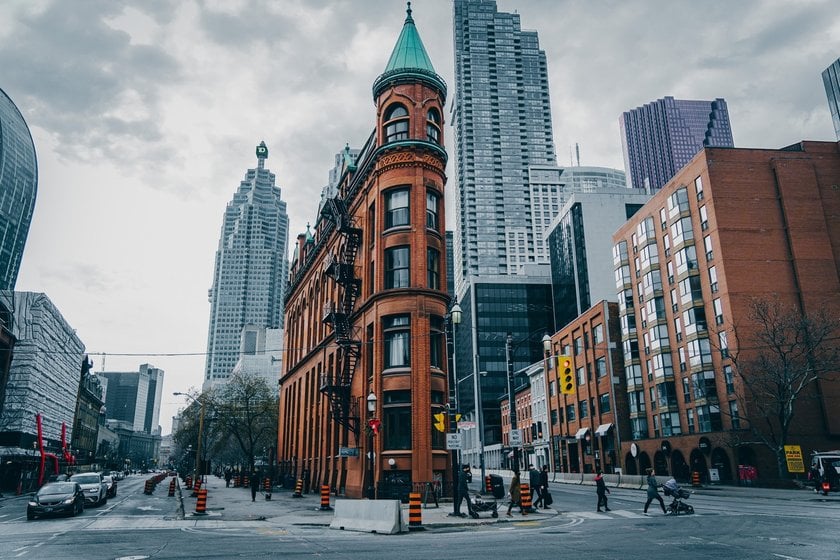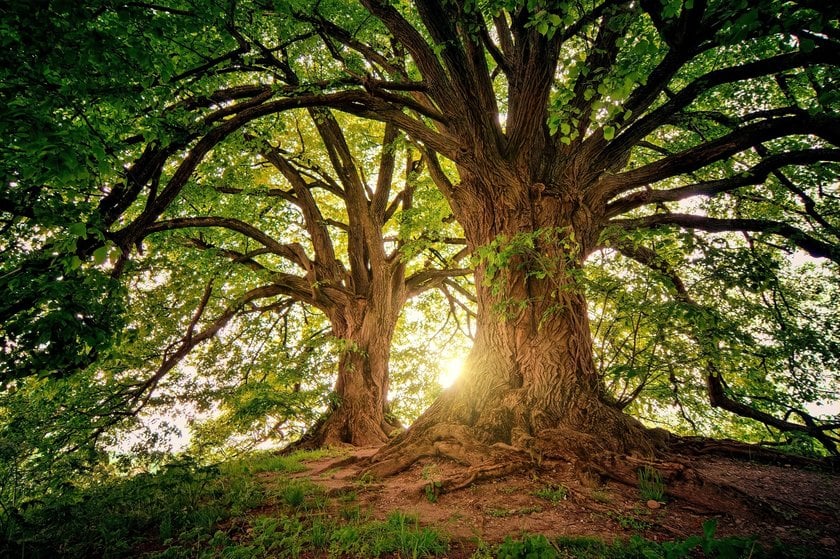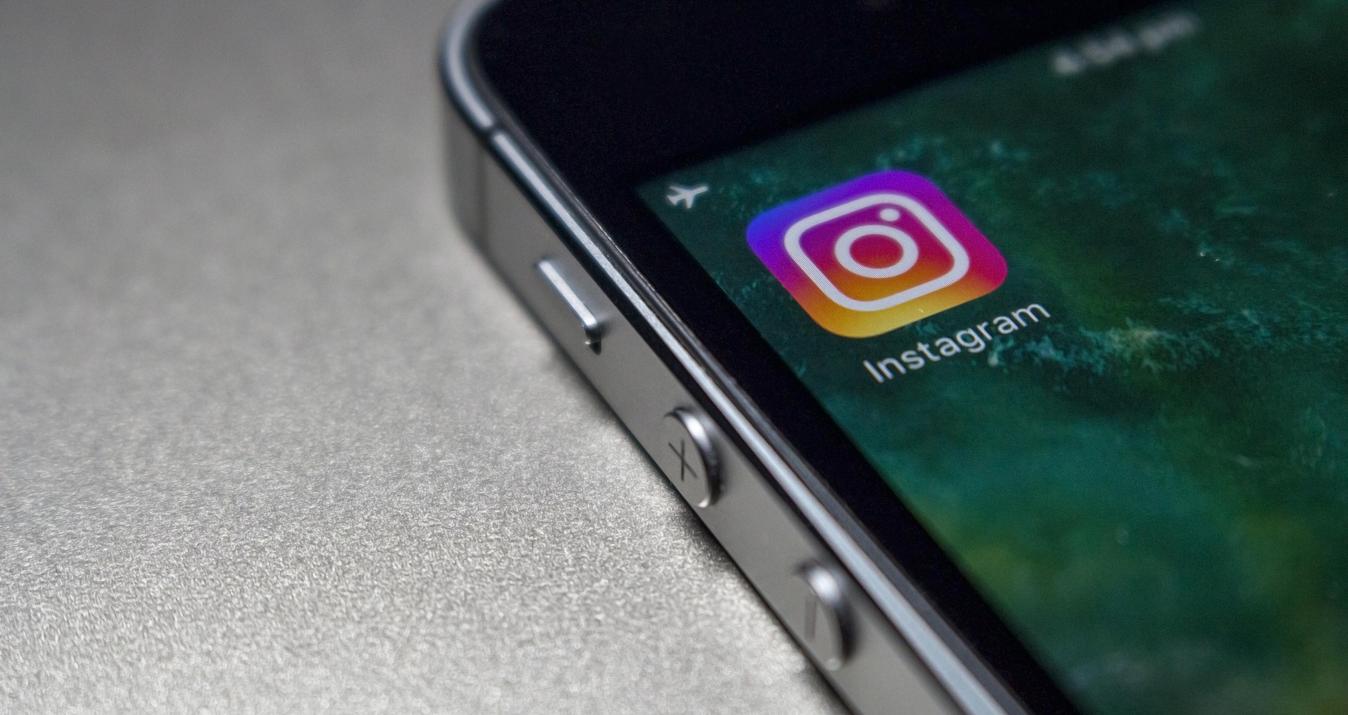Learn About One Of The Basic Elements Of Photography - Shape. What Types Are There And How To Use Them In Your Photo Art.
In photography, we often speak about light, color, and composition, but another equally compelling component tends to be overlooked— - the element of form.
The picture form is the magic ingredient that transforms a photograph from a simple snapshot into a story, a dialogue between the viewer and the visual space. This post will dive into this intriguing aspect of photography, illuminating the power of form and how you can use it.
Prepare to perceive the world around you in a whole new way through forms, and let’s begin this journey!
Form Photography Definition
What does form mean in photography? When we talk about it, we're essentially discussing how we perceive three-dimensional objects within the confines of a two-dimensional photograph.
Imagine looking at a simple drawing of a ball. It appears flat, doesn't it? Now, consider a photograph of the same ball. Despite being on a flat piece of paper or a screen, the ball seems round, tangible, and full of depth. That's the magic of form in photography!
In essence, it is an art of perspective, a study of light, and a mastery of shadows. It takes us beyond seeing an image to experiencing it, making us feel like we could step right into the photograph and interact with the objects within. It brings a picture closer to reality, making it more relatable and engaging for the viewer. As we delve deeper into this topic, we'll explore various form photography elements to harness the power of form and take your skills to a whole new level.
Difference Between Form And Shape
When we hear "shape" and "form" definitions in photography, we might think they're the same thing. But they are actually different. A shape in a photo is flat and two-dimensional — it only has height and width. For example, think of a circle or a square. They're just flat shapes that you can draw on a piece of paper.
On the other hand, form adds another dimension to it—depth. It's the 3D aspect of the objects in your photos. So, instead of just a circle (shape), you see a ball (form). Instead of a square (shape), you see a cube (form). This depth in form is created by light and shadows in a photo. It makes the objects look like they're not just flat shapes but real and solid things you could touch or hold in your hand. So in simple terms, shape is 2D, and form makes it look 3D in your photos.
Examples Of Form In Photography
Form in photography is all around us; we just need to know where to look. Consider a picture of a winding road disappearing into the horizon. The way the road narrows, and the surroundings get smaller gives it a sense of depth, turning a flat road into a journey into the distance. This is an example of the form.
Or think about an image of an apple. If it's just an outline, imagining it as anything other than a flat shape is hard. But add some light from one side, and suddenly you see shadows and highlights on the apple. These give it a roundness, making it seem like a real, solid apple you could pick up. That's the form too
Another example is a close-up shot of a person's face. The way the light falls on the front, creating shadows under the nose and chin and highlights on the cheeks and forehead, gives the face a three-dimensional look.
These examples show how form turns flat images into realistic pictures that feel more real and alive to us.
Understanding the Essential Aspects of Photographic Form
The elements of form in photography involve different aspects of light, shadow, depth, angles, and composition that create the perception of three-dimensionality in a two-dimensional image.
Here are some of the key elements:
1. Color

Color is indeed a potent ally in highlighting form in photography. It can add dimension and depth to your subjects. Take, for example, a shiny yellow bicycle against a deep purple wall. The stark contrast in colors makes the bike pop out, enhancing its appeal and providing a more vivid sense of its form.
In addition, variations in shades of a single color can accentuate depth perception. Picture the crumpled bed sheets with varying tones of blue. The areas where the light blue fades into dark blue appear as folds and creases, giving a sense of depth and volume to what might otherwise be perceived as a flat surface.
Moreover, with the help of an automatic photo editor like Luminar Neo, you can fine-tune these colors and shades even after the photo has been taken. This opens up endless possibilities for enhancing the depth and form of your images.
So, color isn't just about aesthetics; it's an important tool in establishing form and creating engaging, dynamic images.
2. Depth

Depth is a key element in creating form in photography. It's what makes a picture look like it has layers, giving the sense that some parts are close to you and others are further away. An important tool to control depth in your photos is the camera aperture.
So, what is camera aperture in photography? Simply put, the aperture is the opening in your camera lens that lets light in. It's like the pupil in your eye - the wider it opens, the more light comes in. But it doesn't just control light. The size of the aperture also affects how much of your photo is in focus.
Whether by using perspective, arranging objects, or adjusting your camera's aperture, creating depth in your photos helps bring out the form and makes your pictures feel more like the real, three-dimensional world we live in.
3. Angles

Angles play a big part in showing form in photography. They're all about where you position your camera in relation to your subject. By changing the angle, you can show different sides of an object and give it a 3D feel.
For example, if you take a photo of a building straight on, it might look flat, like a postcard. But if you move your camera to one side, you can capture the sides of the building as well as the front. This makes the building look more solid and real like you could walk around it. You can also try taking photos from above or below your subject for a different perspective.
So remember, the angle you choose can make a big difference in showing the form of your subject. It can turn a flat photo into a three-dimensional one.
4. Light

Light is a crucial factor in emphasizing form in photography. It has the power to transform a flat image into a vivid representation with depth and volume.
Picture a tree captured in the full blaze of the sun. When sunlight bathes the tree directly, illuminating all its parts evenly, it may appear quite flat, almost like a two-dimensional painting. The full form of the tree may not be visible in this evenly lit scenario.
However, if you change the lighting, everything transforms. Imagine if the light comes from the side, casting shadows on one part of the tree while illuminating the other. These shadows and highlights work together to give the tree a three-dimensional feel. They add depth, making it look like a real, substantial object rather than a mere depiction.
Notice how the play of light and dark on various parts of the tree enhances this sense of depth. The darker areas recede, while the lighter ones come forward, creating a push and pull effect that defines the form of the tree. It's like an artist sculpting with clay, where the light and shadow mold the form of your subject.
Thus, strategically utilizing light and shadows isn't just an option; it's an integral part of photography that can effectively bring out the form in your photos, making your subjects appear more lifelike and dynamic.
5. Composition

Composition is like setting up a scene for your photo. It's about where you put things in your picture.For instance, if you're taking a photo of your pet, you could put them off to one side instead of right in the middle. This gives your image a bit more depth and makes your pet seem more lifelike. If there's a distracting object near your pet, then with the help of Luminar Neo, you can erase items from your photo that may distract from your main subject.
Advanced yet easy-to-use photo editor
Get Luminar Neo NowAnother way is to include something in the background, maybe a park or a house. But you make sure it's a bit blurry so your pet stands out. This makes it look like there's some distance between your pet and the background, which also adds depth.
Conclusion
So there you have it! By mastering these elements, any photographer can transform simple snapshots into captivating scenes full of depth and life. Remember, the world isn't flat, and your photos don't have to be either. So grab your camera, experiment with these techniques, and watch as your images come to life, becoming more intriguing and visually stunning.
Happy shooting!












